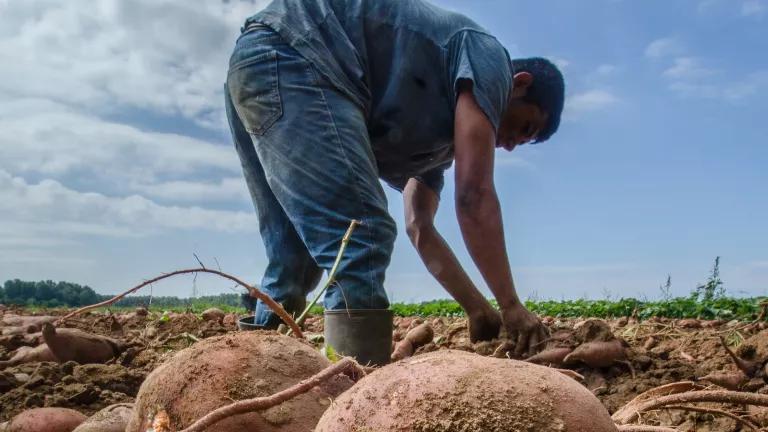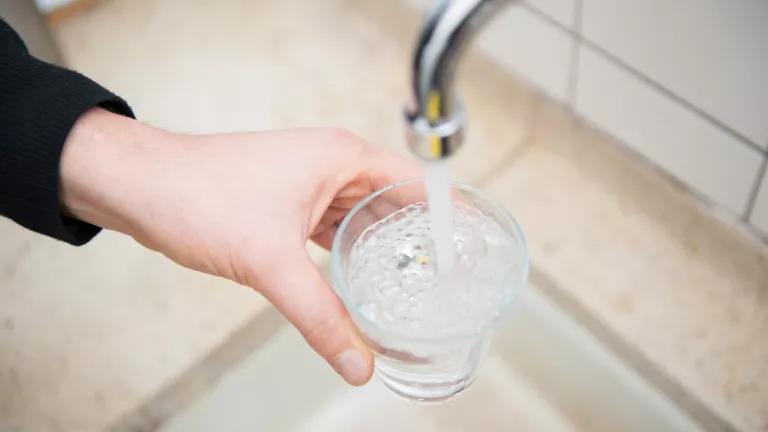Questions keep coming to the surface as details of EPA’s investigation of Dimock water wells are continuing to be reviewed. A few weeks ago, I blogged about the the Agency for Toxic Substances and Disease Registry’s (a federal health agency) still active investigation into the potential health risks from using Dimock water, despite EPA’s assessment that Dimock water was “safe.” And this past week, recent articles in the Scranton Times Tribune (see here and here) and Bloomberg News, have once again shown a spotlight on some of the lingering questions about Dimock water.
In short, here are the ongoing concerns:
IS THERE METHANE IN DIMOCK WATER BECAUSE OF FRACKING?
No one questions that there is methane in Dimock water. Out of the fifty-nine water wells in Dimock that EPA tested for contaminants, twenty had more than 7 milligrams of methane per liter, the actionable threshold necessary for mitigation under Pennsylvania law. Fifteen of those homes had more than double that amount, five of which had more than four times the PA threshold level, which is also the point at which methane begins to escape from water and create a risk of explosion if not properly vented.
Regardless, the Cabot Oil and Gas Corporation argues that this contamination is naturally occurring and not a result of its fracking operations in Dimock—a claim which is in direct contradiction to the complaints of residents and the official findings of the Pennsylvania Department of Environmental Protection. Recent analysis of EPA’s isotopic testing (a form of chemical “finger printing”) of the methane gas found in Dimock drinking water also undercuts this claim.
While the results are not determinative, Robert Jackson, an environmental scientist at Duke University who has also conducted research on the correlation of methane in water supplies with fracking, has said that the chemical signature of the gas studied by EPA suggests that it is likely from one of two sources related to gas drilling: (1) gas from middle rock formations that travelled up in the space between the steel drilling casings and the drilled wells, or (2) gas from the Marcellus itself that has leaked out through a perforated casing.
IS DIMOCK WATER SAFE?
EPA declared Dimock drinking water “safe” despite results showing high levels of methane that , in some cases, was beyond the level at which methane escapes from water, creating a potential explosion risk. Review of EPA emails obtained from a Freedom of Information Act Request by Scranton Times Tribune writer Laura Legere shows that EPA may have also found other contaminants of concern that the agency apparently did not follow up on.
In one water well, EPA found unsafe levels of arsenic, but when officials approached the affected resident, they learned that Cabot had reportedly been tipped off about the testing results and had begun delivering temporary drinking water two days prior. EPA allowed Cabot to keep delivering water at the resident’s request, but did not attempt to determine the source of the arsenic or to require Cabot to provide long-term treatment or replacement of the water.
Additionally, EPA originally selected fifteen homes for a second round of sampling because “one or more contaminants were found at the tap at concentrations above the trigger level established for that contaminant.” In the end, however, EPA headquarters only approved re-sampling at four homes—and even then, only for the “limited list” of substances “found in the first round of EPA sampling.”
DID CABOT BREAK THE LAW?
EPA emails also reveal that the agency was aware of allegations that the company used diesel fuel to frack at least two early Dimock wells. Because of a 2005 exemption, gas wells are not regulated under the federal Safe Drinking Water Act - unless they use diesel.
EPA evidently never asked Cabot if it used diesel to frack any of its wells given that the agency was still working on its own permitting guidance for using diesel fuel in oil and gas wells at the time. Nor, apparently, has EPA asked since, and Cabot has made no statement about whether it used diesel in its wells.
As more information about Dimock continues to come to light, it seems evident that industry’s contentions that the regulatory agencies have “exonerated” gas drilling and/or fracking as the cause of serious contamination problems in Dimock were premature and misplaced. To the contrary, it appears more clear than ever before that (1) the methane contamination in Dimock was, as PADEP initially concluded, clearly caused by Cabot’s drilling activities, and (2) questions about the “safety” of Dimock’s water persist.


